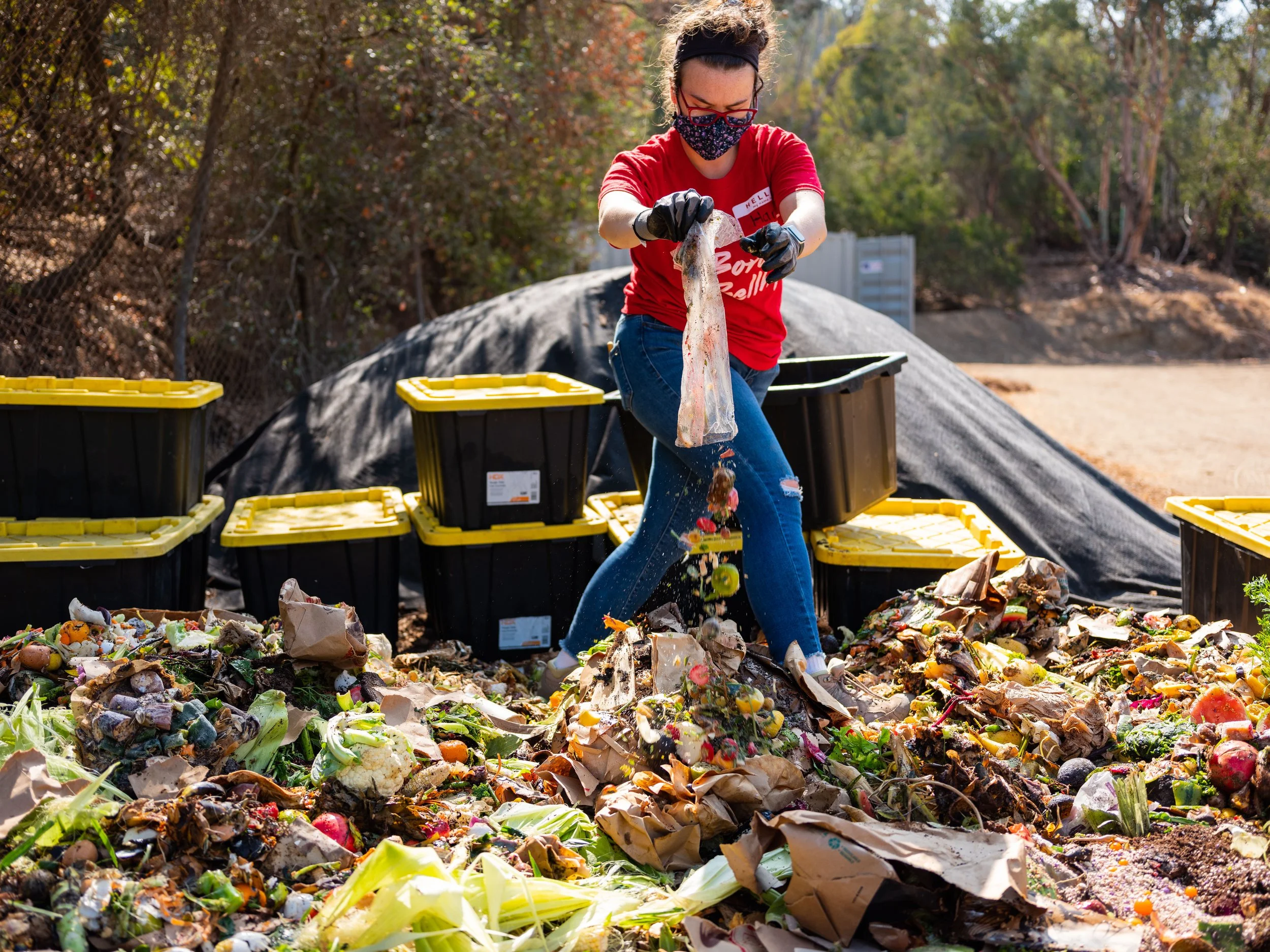Organic Grants
California Department of Resources Recycling and Recovery (CalRecycle)
What does it fund?
Construction, renovation, or expansion of facilities to preprocess, digest, or compost organics into compost, soil amendments, biofuels, or bioenergy.
Who is eligible for funds?
Local, state, and federal agencies, nonprofits, for-profit entities, public universities and colleges, solid waste facilities, public school districts, and qualifying Tribal governments.
How does this program provide benefits to priority populations?
Projects benefiting disadvantaged and low-income communities receive additional points during application scoring. Projects benefit communities through diversion of waste from disadvantaged communities, rescued food to residents, job creation, and job training.
How do I access funds?
Apply through a statewide competitive process.
Funding Timeline
Application materials for fiscal year (FY) 2021–22 and 2022–23 (ORG7) are due April 20, 2023.
Project Profiles
Read stories of projects funded by this program.
Cumulative Statistics
As of November 30, 2024
$190.0 million implemented
$144.0 million benefiting priority populations
2,761,813 MTCO2e estimated GHG emissions reductions
48 projects implemented
2024 Achievements
Reporting Period:
Dec 1, 2023 – Nov 30, 2024
$128.7 million implemented
$98.2 million benefiting priority populations
1,091,989 MTCO2e estimated GHG emissions reductions
2024 Benefits to Priority Populations
29% benefiting disadvantaged communities
47% benefiting low income communities and households
24% benefiting other areas of California
Other Expected Benefits
$2,035,418 energy cost savings
2,953,742 tons waste digested
694,770 tons compost reduced







